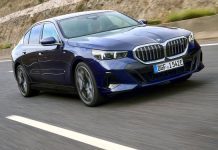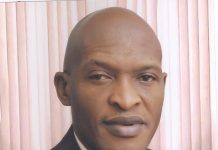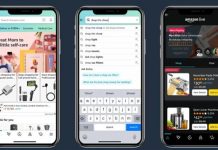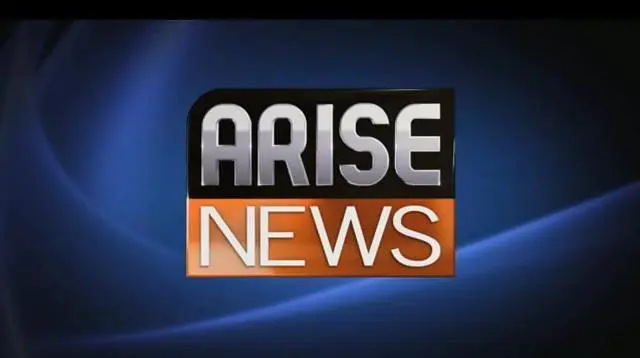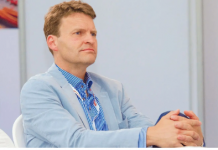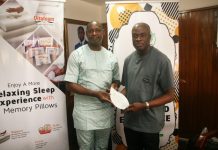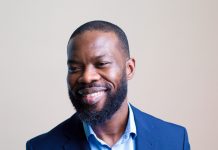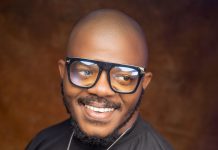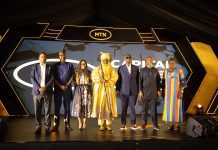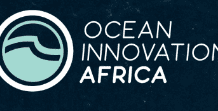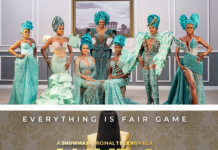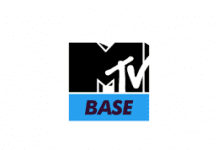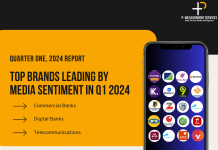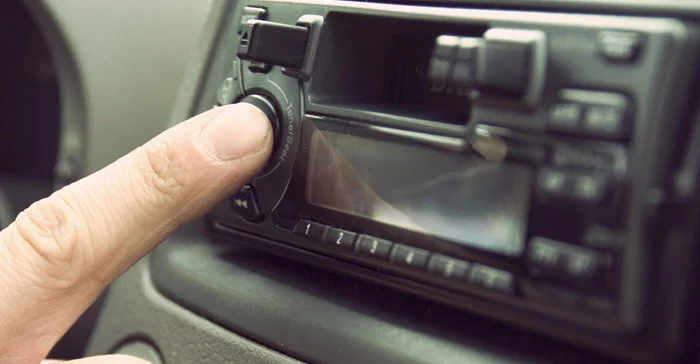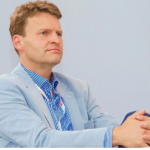In a new episode of Decoded, CNN’s Anna Stewart explores the smart, connected devices that make up the Internet of Things (IoT). From ordinary household items to complicated industrial systems, smart devices are changing the way we live.
Stewart visits the Expo 2020 site in Dubai to see how smart cities are using IoT to enable more informed city planning. Helmut Von Struve, CEO of Siemens Middle East gives an example, “Artificial intelligence can say within 20 minutes, 30 minutes, there would be maybe 150 people walking in this direction. So, you can already start cooling the building down.”
IoT devices are also being used to combat climate change. In Boston, a connected forest is helping scientists study how much carbon dioxide trees take out of the atmosphere. Jackie Hatala Matthes, Senior Scientist at the Harvard Forest describes the project, “With IoT, we’re able to get really high-resolution data, high temporal resolution data, and we’re able to look at those changes in real time, which helps to feed into other global models of climate change.” One of the trees even uses IoT to tweet the data and communicate in real time what the tree is experiencing.
In Shenzhen, known as the Silicon Valley of hardware, the programme meets German entrepreneur Florian Simmendinger who has developed a modern twist on a metronome. He explains that although it’s possible to create smart devices for many tasks now, the best ones are those that fulfil a need, “If you find something meaningful that actually improves the product experience, then you know you have a real winner on your hands when it comes to an IoT product. There’s definitely a case in the IoT space of just because you can connect something doesn’t necessarily mean you should.”
At the Jebel Ali Port in Dubai, Stewart meets Ibrahim Al Najjar, Vice President IT, at DP World who demonstrates how a network of connected sensors, devices, and software all communicate to operate the smart port.
Stewart also meets the man who created the term ‘Internet of Things’. In the late 1990s, Kevin Ashton was searching for a name for his presentation on supply chain logistics, “At that time the internet was such a big buzzword. I needed to shoehorn the word internet in to like get any attention at all. and here we are now. Still talking about it. That’s the biggest surprise.”
Ashton describes what makes a good IoT device, “The thing that I look for to make it the Internet of Things is it knows something about the world without a human being telling it. I don’t really think about these voice assistants people have in their kitchen where you say you know, Alexa, add this to my shopping list. Well, in my world, Alexa would know that you needed to add it to the shopping list, it wouldn’t need you to tell it.”
The idea that everything we touch, every we move we make, can be monitored and uploaded to the cloud may seem convenient and efficient, but for some it raises concerns about regulation and trust. Stewart speaks to professional hacker Ken Munro, CEO of Pen Test Partners. He demonstrates how easy it is to hack IoT devices like a children’s doll with speech recognition and warns, “As we know, legislation often trails innovation. So I think it’s really important that we bring in some regulation to help manufacturers prioritise cybersecurity and also help protect us consumers from manufacturers who may be a bit fast and loose with security.”
The show also meets the man behind the first smart device – a Coca Cola vending machine, and visits an Amazon factory using IoT devices to be faster and more efficient.





